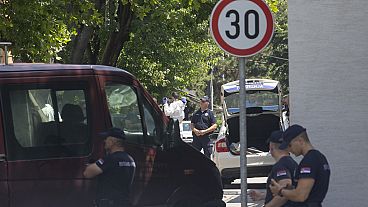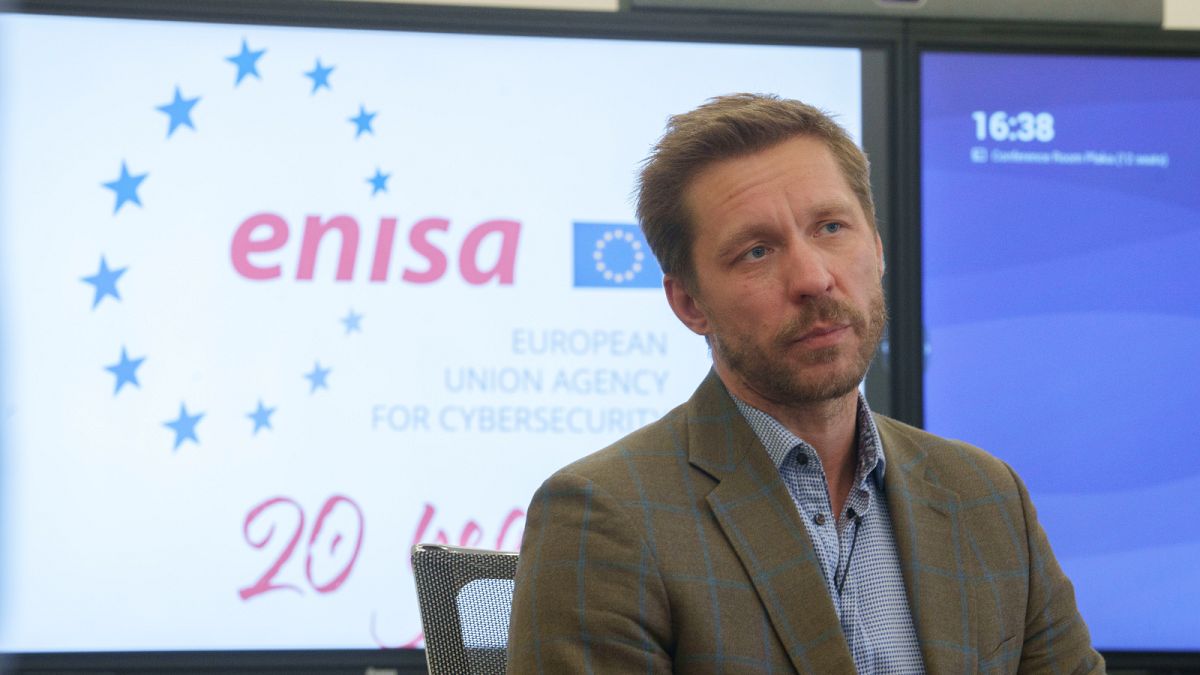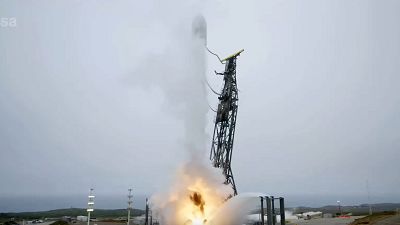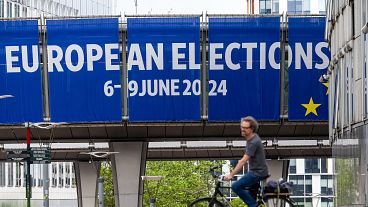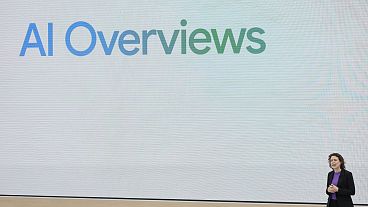Attacks with geopolitical motives have steadily risen since Russia's full-scale invasion of Ukraine in February 2022, the EU cybersecurity chief said.
The EU's top cybersecurity official has said there has been a "significant increase" in disruptive cyber attacks, many of which can be traced to Russia-backed groups, in recent months.
“The number of hacktivist attacks (against) European infrastructure, threat actors whose main aim is to cause disruption, has doubled from the fourth quarter of 2023 to the first quarter of 2024,” Juhan Lepassaar, head of the European Union Agency for Cybersecurity, or ENISA, said in an interview with the AP.
The agency has been leading exercises and consultations as well to harden the resilience of election-related agencies ahead of the June European elections.
In an annual report for 2023, the agency noted a surge in ransomware attacks and incidents targeting public institutions.
Lepassaar said that the mostly unsuccessful attack methods were often tried out in Ukraine before being expanded to EU countries.
“This is part of the Russian war of aggression, which they fight physically in Ukraine, but digitally also across Europe,” he said.
Threat of AI-enabled manipulation
Lepassaar also said that EU countries' cybersecurity agencies have emphasised that "AI-enabled disinformation and information manipulation is a big threat".
US and European experts are helping security agencies to anticipate emerging digital threats and vulnerabilities over this decade, with ENISA identifying food production, satellite management and self-driving vehicles as areas requiring attention.
Cybersecurity, Lepassaar argues, will inevitably need to become second nature to designers and consumers.
"I do believe that we have a societal challenge ahead of us to understand digital security in the same way that we understand, security in the everyday traffic environment," he said.
"When we are driving, we are aware of what is going on around us. We are alert," he said.
"The same kind of behaviours and habits are what we need to also instill when we operate in any kind of a digital environment".


